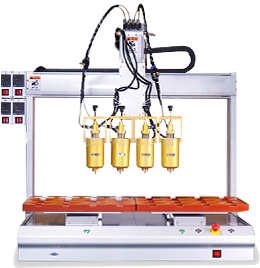-
CN
-
Service Hotline
+8618129931046 Mr. Liao




PCB PCBA Assembly Full Process Disassembly
1. Preliminary Preparation: Ensuring "Material and Process Matching"
Two key preparations must be completed before assembly to avoid process adaptation issues:
Material Verification and Pretreatment
Bill of Materials (BOM) Verification: Confirm that component models, packages (e.g., 0402 resistors, QFP chips), and parameters (e.g., capacitor values, chip voltages) are consistent with the PCB design to avoid incorrect materials.
Component Pretreatment: Bake damp components (e.g., ICs, BGAs) at 85°C for 12 hours to remove moisture and prevent "popcorning" (component cracking) during soldering. Pretreat the pins of plug-in components (e.g., connectors) to remove oxide layers.
Process File Development
Core Process File Output:
Stencil File (Gerber Format): Defines the solder paste printing area and thickness (e.g., 0.12mm thick stencil for 0402 package, 0.15mm for QFP);
Reflow Oven Temperature Profile: Defines the heating zones (preheating zone, constant temperature zone, reflow zone, and cooling zone) based on the solder paste type (e.g., Sn63Pb37, lead-free SnAgCu). For example, the peak temperature in the reflow zone for lead-free solder paste must be controlled at 240°C ± 5°C;
Placement Coordinate File: Defines the X/Y/Z coordinates and placement angles of each component on the PCB to ensure accurate placement by the placement machine.
PCB PCBA Assembly (Printed Circuit Board Assembly) is the core process of combining bare PCBs with electronic components through welding and fixing processes to ultimately form a finished PCBA board with complete electrical functions. Its core goals are "high precision, high yield, and high consistency" to adapt to the mass production needs of different industries (consumer electronics, industrial, medical, and automotive).